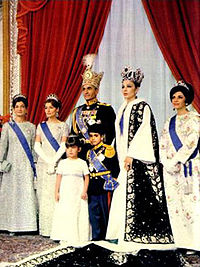
If you have ever been involved in kids’ sports you’ve probably heard a coach say, “There’s No ‘I’ in Team”. There may be more than a kernel of truth in such a saying when it comes to family finances as well.
A recent Wall Street Journal article (Caitlin Nish, 10-29-12, R9) tells the story of two newlyweds, Sarah Henry-Courtney and her husband Daniel. They appear to have clear financial goals and the willpower to stay on track. With a combined income of $130,000 they have paid off all of their debt (student loans, cars, etc.) except the mortgage on their four-bedroom home in Bedford, New Hampshire.
One aspect of their financial arrangement, however, gave me pause for concern. They both have individual savings accounts to fund their hobbies. They have $3,000 in joint savings but Ms. Henry-Courtney, who likes travel and tennis, has nearly $10,000 in HER personal savings account. Mr. Courtney has about $5,000 in HIS savings account to indulge his love of technology and home-theatre.
It struck me as somewhat odd that they have separate savings accounts and that they have more in each of these accounts than they do in joint savings – if this works for the Courtney’s – good for them. But, this seems to violate the aforementioned axiom that there’s “No ‘I’ in team”. A good number of financial advisers and marriage counselors alike feel learning to jointly manage money is a “crucial step in becoming a fully functioning couple” (Divinecaroline.com, April 29, 2011).
Are separate savings and checking accounts the way to consummate a financial union? What are your thoughts on separate savings and checking accounts for married couples? I think a team approach and total transparency is the way to avoid financial tension (and secrets) in a marriage, but I know many of you might disagree. In fact, somewhere in the vicinity of one-third to nearly half of all couples have separate checking accounts. Dave Ramsey, if you’re reading this (long-shot), what’s your thoughts on separate savings and checking accounts?
One thing is for certain, be sure to check out any potential life-partner’s financial footprint BEFORE getting serious. Profligate spending and financial tomfoolery are major contributors to marital discord and divorce.












